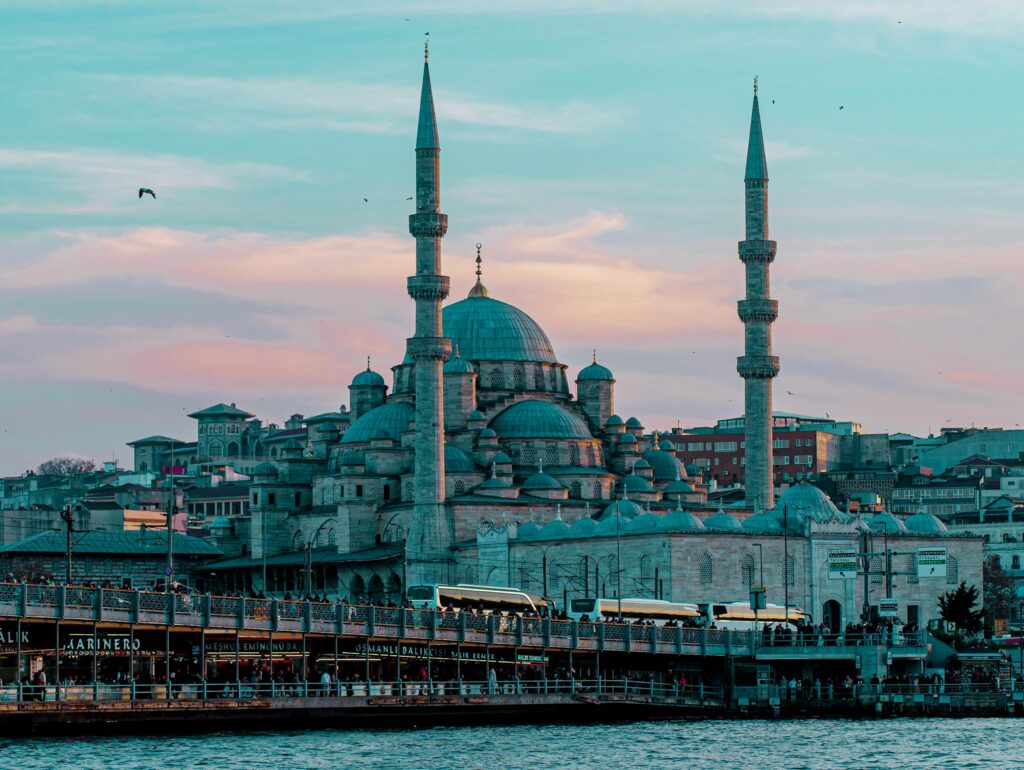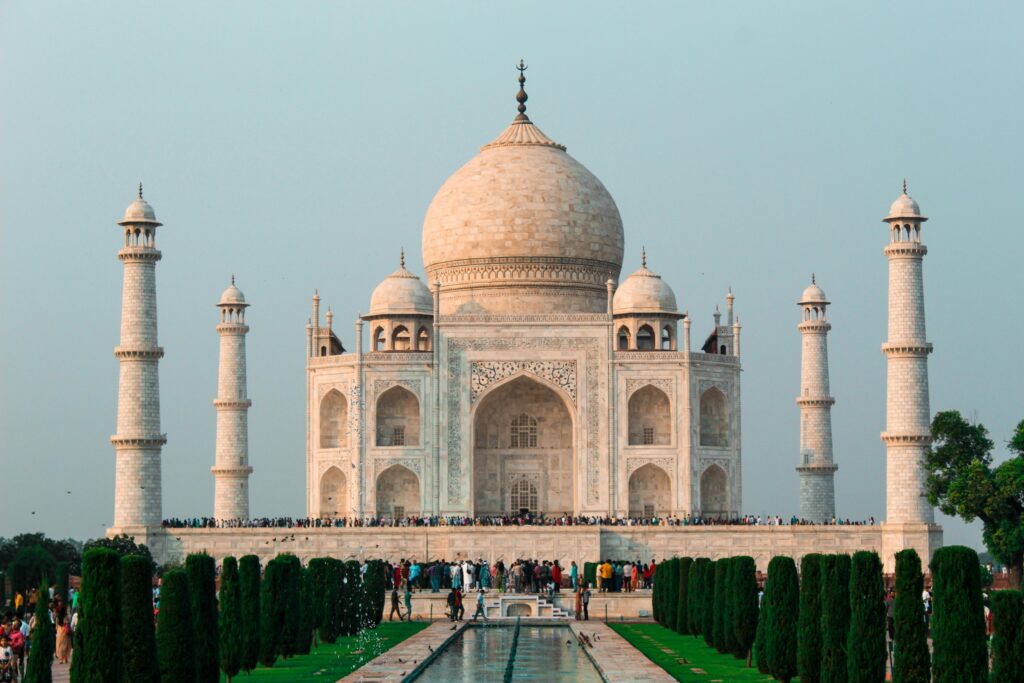Hagia Sophia is located in the middle of Istanbul, Turkey—one of the most spectacular creations human imagination has ever known. It has been a place for a cathedral, later as a mosque, and in its current status, it is now a museum. Throughout the ages, the great site tells of a story on how richly this history should be celebrated by being connected yet changed.
Historical Background
Originally built as a cathedral between 532 and 537 CE by Byzantine Emperor Justinian I and designed by architects Isidore of Miletus and Anthemius of Tralles, it was intended to be the pinnacle of Constantinople—today’s Istanbul—and positioned at the center of the seat of power and practice of Eastern Orthodox Christianity and stood as the world’s largest cathedral for nearly a thousand years. After the Ottoman Empire captured Constantinople in 1453, Sultan Mehmed II turned Hagia Sophia into a mosque. It remained a mosque for nearly 500 years, until 1935, when it was secularized by the Turkish Republic under Mustafa Kemal Atatürk and turned into a museum. In 2020, the Turkish government made it a mosque again but kept its status as a widely visited tourist destination.
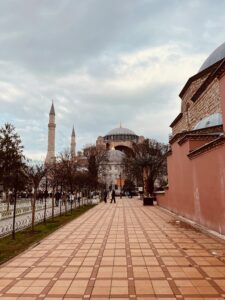
Architectural Features:
Hagia Sophia is renowned for its massive dome, measuring 31 meters (102 feet) in diameter and rising 55 meters (180 feet) above the ground. This was an engineering feat at the time and has inspired countless other structures, including Islamic mosques and Western cathedrals. The dome appears to float above the building due to a ring of 40 arched windows at its base, which allow natural light to flood the interior. The complex represents a Byzantine as well as an Ottoman architectural amalgam, complete with fine mosaics, Arabesque calligraphy, and columns of white marble culled from throughout the known ancient world. Some of the mosaics include masterworks of Byzantine art that depict Christ and the Virgin Mary along with other saints; they were untouched during the Ottoman period and uncovered and partly restored recently.
Cultural and religious implications
This was Hagia Sophia, that symbolic monument of cultural and religious confluence between East and West. It had for so long been the very spiritual heart of the Byzantine Empire, later as a great center of Islam worship under the Ottomans. It remains the great draw for millions of people worldwide today.
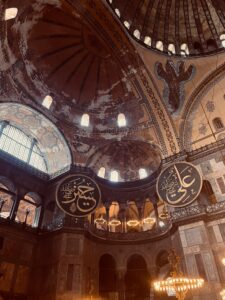
Fun facts about Hagia Sophia’s
earthquake resilience: The first version of this dome collapsed during an earthquake in 558 CE and was rebuilt by Isidore the Younger much more strongly.
The interior is covered with gold mosaics that catch the light, demonstrating the richness of the Byzantine Empire and its craftsmanship.
Minarets: The four minarets were added in the Ottoman period; they confer the building with its very Islamic character.
Marble varieties available: Marble columns and panelings from Egypt, Greece, and Italy are used in the interiors.
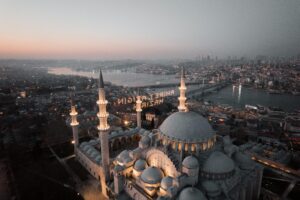
Modern-Day Hagia Sophia
Today, Hagia Sophia still functions as a mosque but now opens its doors to visitors across the globe regardless of one’s faith. The naming of Hagia Sophia as a UNESCO World Heritage site also highlights its cultural and historic importance. Millions of tourists pass through Hagia Sophia every year to behold its architectural brilliance and to learn about its rich historical past. Hagia Sophia represents the ingenuity and creativity of its founders, as well as the timeless legacy left by the various civilizations that this structure has been used for. It still presents a powerful symbol of its role as a bridge linking continents, cultures, and religions, all within the ambiance of harmony and coexistence.

